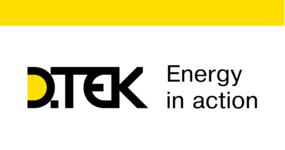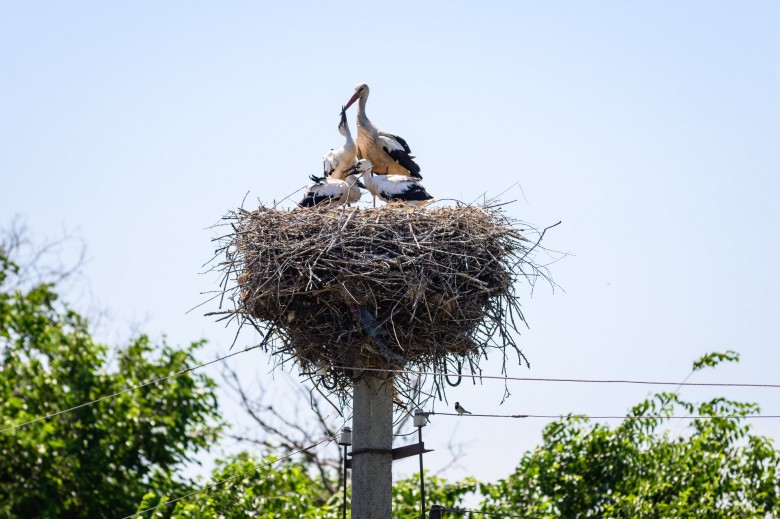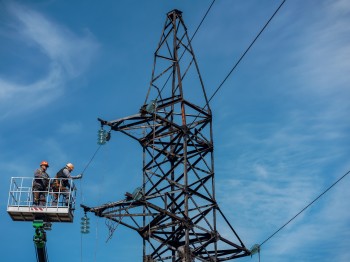In 2020, DTEK Grids installed 97 artificial nesting platforms for storks on the poles of distribution power lines across Dnipropetrovsk, Donetsk, Kyiv and Odesa Regions, as well as in the city of Kyiv. These platforms protect white stork nests from destruction and the birds from electrocution. Thanks to this initiative, the company saved about 1,200 birds, listed in the Berne Convention for the Conservation of Wild Flora and Fauna and Natural Habitats in Europe*, in the past year alone.
“Conservation of biodiversity is one of our key focus areas, which is in line with the DTEK 2030 strategy based on ESG principles, values and business responsibility for progress in achieving the sustainable development goals set by the UN Global Compact. Since 2013, we have installed 248 metal nesting platforms for storks. Almost half of this amount was installed last year,” says Ivan Geliukh, DTEK Grids CEO.
According to ecologists, such an initiative taken by DTEK Grids has saved about 5,000 white storks over 8 years, 3,000 of which are chicks.
In 2021, DTEK Grids plans to install 122 platforms. A significant part of them will be installed within the regions that joined this initiative in 2020: 60 platforms in Odesa Region and 50 platforms in Kyiv Region. Twelve platforms will be installed in Dnipropetrovsk and Donetsk Regions. DTEK Grids began to install the platforms in these regions in 2013 and 2015 respectively, so the company have already managed to cover the majority of stork nests.
Special design not only safeguards rare and endangered birds from death, but also secures the grid infrastructure.
In addition to the nesting platforms for storks, DTEK Grids installs bird protection devices on power lines, i.e. special casings made of insulating material that cover the side wire sections, and bird diverters that glow after sunset. Being attached to overhead power lines, the diverters make them visible to birds in flight from up to 15 meters away. Since 2013, the company has installed 3,219 bird diverters on 19 kilometers of power lines, including within the territory of the natural reserve fund in Donetsk and Dnipropetrovsk Regions. In 2020, such work was began in Odesa Region.
Reference:
Storks often nest on electric poles. Usually, birds use a nest for only for a few years, because the older the nest, the bigger it becomes in diameter and weight. Some nests weigh several centners. Not only storks with chicks live there, but also various small birds, such as sparrows, wagtails, starlings, etc. When the nest reaches a critical mass, it collapses, which often entails the death of birds and break of power line wires. Since 2013, DTEK Grids has been installing artificial metal structures on power poles - nesting platforms for birds, which protect them from collapse. For 8 years, DTEK Grids has installed 248 metal nesting platforms for storks across Dnepropetrovsk, Donetsk, Kyiv and Odesa Regions, as well as in the city of Kyiv. This initiative taken by the company is in line with DTEK's 2030 strategy based on ESG principles, values and business responsibility for progress in achieving the Sustainable Development Goals of the UN Global Compact to conserve terrestrial ecosystems.
* The Berne Convention on the Conservation of European Wildlife and Natural Habitats entered into force on January 1, 1982 and since then 51 parties have joined to it, including the European Union. Ukraine joined the Convention in 1996. The Berne Convention is the main environmental law in Europe, and serves as a basis for almost all environmental conventions of our continent, environmental legislation of most European countries and environmental directives of the European Union.






